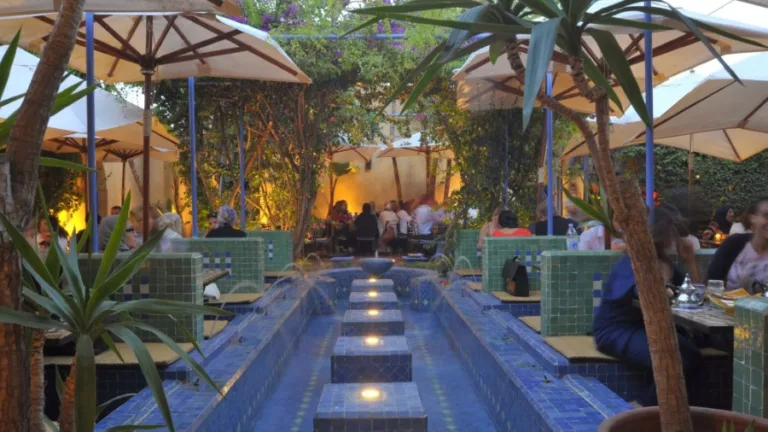Have you ever wondered who the real guardians of our history are? It’s not always the kings or the writers of textbooks.
Marrakech – Sometimes, it’s the hands that mold clay, weave silk, or carve wood — artisans, the unsung heroes of cultural preservation.
On Monday night, in Rabat, a luminous spotlight was cast on these bearers of the torch of Morocco’s traditional art treasures.
ith their timeless craft, these artisans are the ones who keep the kingdom’s cultural identity alive and vibrant.
The event, jointly organized by the Ministry of Tourism, Handicrafts, and the Social and Solidarity Economy alongside UNESCO, wasn’t just a celebration — it was a pledge.
A pledge to protect endangered Moroccan artisanal trades through the second edition of a preservation program.
This initiative aims to safeguard crafts like the intricate “zellige de Tétouan,” the elegant “Blouza d’Oujda,” and the intricate “Selles brodées,” ensuring these skills are passed on to a new generation of artisans.
The ceremony, graced by notable figures such as André Azoulay, advisor to King Mohamed VI and founder of the Essaouira-Mogador Association; Fatim-Zahra Ammor, Minister of Tourism; and Mohammed Dardouri, the National Coordinator of the National Initiative for Human Development, underscored the vital economic and cultural role of artisanry.
The event was not just a vibrant and deserving tribute to beautiful artefacts; it was an absorbing celebration of history, identity, and community woven into every thread and tile.
In his speech, Lahcen Essaadi, Secretary of State for Handicrafts and the Social and Solidarity Economy, emphasized that artisanry is a cornerstone of the government’s program as instructed by King Mohammed VI.
The strategies in place aim to protect and evolve this sector in all its dimensions, preserving the rich cultural heritage intertwined with it, he argued.
Essaadi further highlighted that these efforts are not just about craftsmanship but about preserving Morocco’s history and identity.
The initiatives include infrastructure rehabilitation, creative valorization, and partnerships with organizations like UNESCO to ensure these trades don’t vanish into history.
Eric Falt, Director of the UNESCO Office for the Maghreb, noted that the program has already benefited around 60 young artisans, marking a significant step in ensuring that traditional skills thrive.
Moroccan artisanry is “the thread that connects a glorious past to a promising future,” he said.
Sidati Chaggaf, President of the Federation of Artisan Chambers, echoed this sentiment, recognizing the “maalem” as the torchbearers of Morocco’s artisanal legacy.
He also called for continued efforts to preserve both the tangible and intangible heritage of Moroccan craftsmanship.
The night concluded with heartfelt tributes to several master artisans who have dedicated their lives to preserving the “Tresor of Moroccan traditional arts.”
These tributes weren’t just rhetoric — they were genuine acknowledgments of the sweat, skill, and soul poured into every piece they’ve created.
So, the next time you admire a piece of Moroccan pottery, a handwoven carpet, or an intricate zellige mosaic, remember: it’s not just art. It’s a story, a legacy, and a little piece of Morocco’s heart.
















